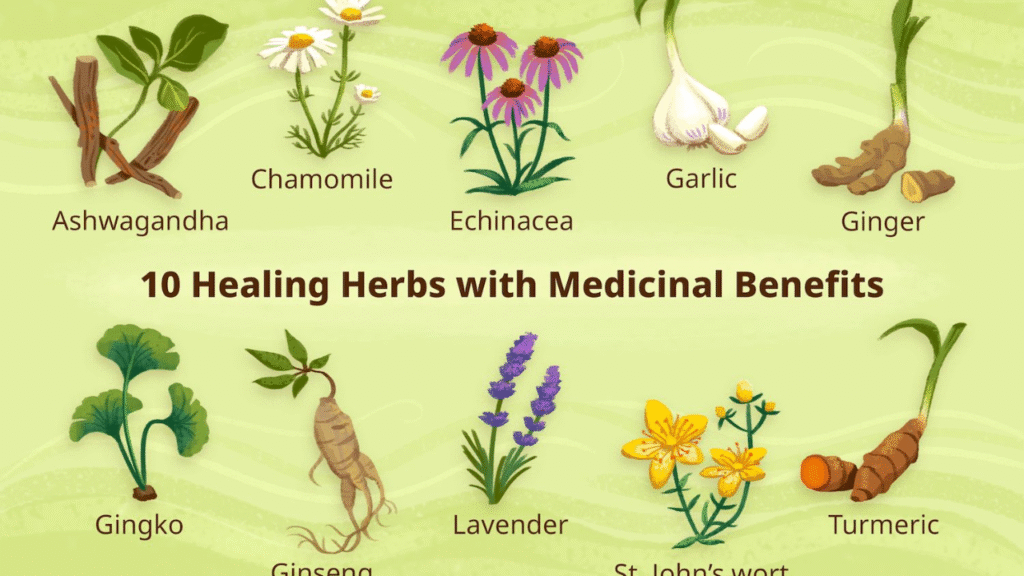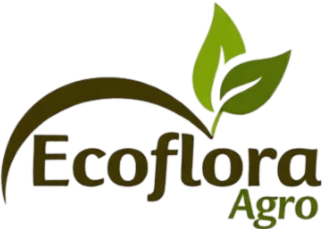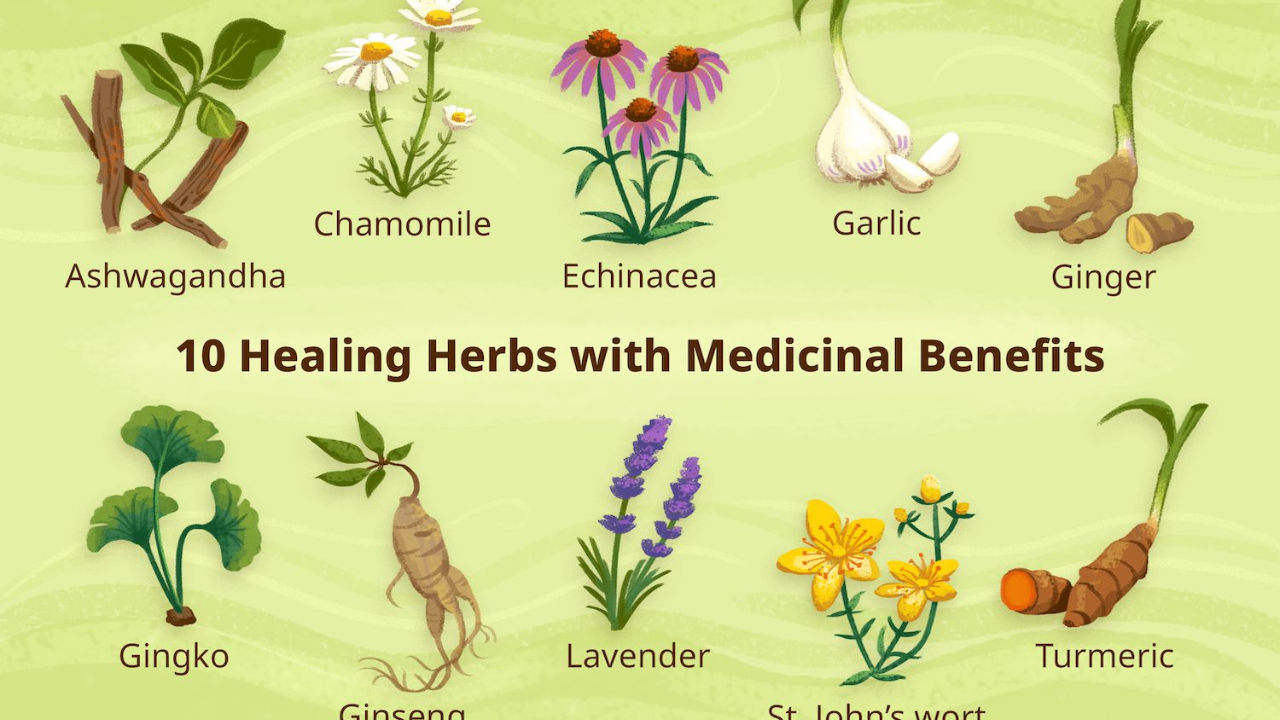
In the pursuit of sustainable agriculture, medicinal plants have emerged as powerful allies—not just for healing humans, but for defending crops against pests and diseases. These plants, long valued in traditional medicine systems, are now recognized for their bioactive compounds that can repel, inhibit, or kill pests and pathogens. From neem’s azadirachtin to garlic’s allicin, the fusion of ethnobotanical knowledge and modern science has led to the creation of effective botanical crop protection products.
This article explores the top 10 medicinal plants used in botanical pesticides and biofungicides, including their active compounds, target pests, and mechanisms of action.
Overview Table: Top Medicinal Plants Used in Crop Protection
| Medicinal Plant | Botanical Family | Active Compounds | Primary Action | Target Pests/Diseases |
|---|---|---|---|---|
| Neem (Azadirachta indica) | Meliaceae | Azadirachtin, Nimbin | Insect growth regulator | Aphids, whiteflies, beetles |
| Garlic (Allium sativum) | Amaryllidaceae | Allicin, Ajoene | Antifungal, repellent | Fungi, mites, sucking insects |
| Turmeric (Curcuma longa) | Zingiberaceae | Curcumin, Turmerone | Antimicrobial | Soil-borne fungi, nematodes |
| Ginger (Zingiber officinale) | Zingiberaceae | Gingerol, Shogaol | Antifeedant, insecticidal | Caterpillars, fungal spores |
| Basil (Ocimum sanctum) | Lamiaceae | Eugenol, Linalool | Repellent, antifungal | Mosquitoes, blight pathogens |
| Tobacco (Nicotiana tabacum) | Solanaceae | Nicotine alkaloids | Neurotoxic | Caterpillars, beetles |
| Aloe vera | Asphodelaceae | Saponins, Anthraquinones | Antimicrobial, surfactant | Bacterial leaf spot, aphids |
| Eucalyptus (Eucalyptus spp.) | Myrtaceae | Cineole, Terpineol | Fumigant, repellent | Weevils, moths, scale insects |
| Calotropis (Calotropis gigantea) | Apocynaceae | Cardiac glycosides | Insecticidal, ovicidal | Leafhoppers, grasshoppers |
| Lemon Grass (Cymbopogon citratus) | Poaceae | Citral, Geraniol | Insect repellent | Mosquitoes, mites, aphids |
1. Neem (Azadirachta indica): The King of Botanical Insecticides
Neem is the most widely used medicinal plant in crop protection. Its compound azadirachtin works by:
- Disrupting insect hormonal systems
- Inhibiting feeding and molting
- Acting as a natural antifeedant and repellent
Used in both powdered leaf form and oil-based sprays, neem is effective against over 200 pest species.
2. Garlic (Allium sativum): The Smelly Shield
Known for its potent antimicrobial properties, garlic contains allicin, which:
- Damages fungal cell membranes
- Repels soft-bodied insects like aphids and whiteflies
- Suppresses bacterial growth on plant surfaces
Garlic extracts are often used in fermented teas or emulsions in organic farming.
3. Turmeric (Curcuma longa): The Golden Antifungal
Turmeric’s primary compound curcumin provides:
- Strong antifungal and antibacterial effects
- Soil disease suppression when mixed into compost or seed beds
- Resistance boosting in treated plants
Turmeric powders are sometimes combined with other botanicals like neem and chili for multi-pathogen protection.
4. Ginger (Zingiber officinale): The Root Repellent
Ginger contains gingerol and shogaol, which are natural insecticidal and antifungal agents.
- It deters feeding in caterpillars and moth larvae
- Controls fungal growth, especially in moist environments
- Can be used as a rhizome paste or extract
Ginger is effective in crops like banana, turmeric, and cardamom plantations.
5. Basil (Ocimum sanctum): Sacred and Strong
Also known as Holy Basil or Tulsi, this plant produces eugenol, which:
- Acts as a mosquito and insect repellent
- Suppresses fungal infections like powdery mildew
- Enhances plant immunity when sprayed as a foliar tonic
Widely used in polyculture gardens and integrated pest management (IPM) strategies.
6. Tobacco (Nicotiana tabacum): Potent but Risky
Tobacco contains nicotine, which acts on the nervous systems of pests:
- Causes over-stimulation leading to death
- Effective against leaf-chewing insects like beetles
- Use is restricted due to toxicity to non-target organisms
Tobacco decoctions are used with caution in small-scale organic systems.
7. Aloe vera: More Than Just a Skin Soother
The gel of Aloe vera is rich in saponins and anthraquinones, offering:
- Antimicrobial action on plant wounds
- Natural surfactant properties to increase spray adhesion
- Mild protection against aphids and soft rot bacteria
Often added to botanical mixes as a spreader-sticker.
8. Eucalyptus: Aromatic Defense
The essential oils in Eucalyptus, particularly cineole, serve as:
- Volatile fumigants for stored grains
- Contact insecticides for surface pests
- Repellents in greenhouse settings
Its use is increasing in post-harvest pest control systems.
9. Calotropis gigantea: Wild but Effective
Traditionally used in rural India, Calotropis leaves and latex contain cardiac glycosides:
- Toxic to grasshoppers, leafhoppers, and larvae
- Inhibits egg-laying behavior in moths
- Must be handled with gloves due to irritant properties
Useful in dryland farming where synthetic pesticides are scarce.
10. Lemongrass (Cymbopogon citratus): Fragrant Protector
Lemongrass oil is rich in citral and geraniol, both proven insect repellents.
- Keeps away aphids, whiteflies, mosquitoes
- Also shows mild antifungal activity
- Widely used in organic horticulture and kitchen gardens
Extracts can be made by simple steam distillation or cold pressing.
Comparative Table: Botanical Activity of Medicinal Plants
| Plant Name | Primary Action | Best Application Method | Caution/Limitations |
|---|---|---|---|
| Neem | Antifeedant, IGR | Oil spray or seed treatment | Can be phytotoxic at high dose |
| Garlic | Antifungal, Repellent | Aqueous extract/emulsion | Strong odor may deter workers |
| Turmeric | Antimicrobial | Powder in soil or foliar mix | Needs carrier for foliar use |
| Tobacco | Neurotoxic | Leaf decoction | Toxic to pollinators/fish |
| Lemongrass | Insect repellent | Essential oil spray | Volatile, degrades quickly |
Conclusion
These 10 medicinal plants represent just a glimpse into the vast potential of nature’s pharmacy for agriculture. Their use in botanical crop protection products offers multiple benefits: low environmental impact, reduced chemical residues, and resistance management. While not always suitable as stand-alone agents for industrial monocultures, they serve as critical tools in Integrated Pest Management (IPM) and sustainable organic farming systems.
As consumer demand grows for clean, residue-free produce, medicinal plants will play an increasingly central role in designing the next generation of green agro-products.
3 Best One-Line FAQs
Q1: Are these medicinal plants safe for the environment?
Yes, most are biodegradable, non-toxic to non-target organisms, and environmentally friendly.
Q2: Can these plant-based pesticides replace chemicals entirely?
Not completely, but they are ideal for integrated and organic pest management systems.
Q3: How are these extracts applied in farms?
They are used as sprays, powders, decoctions, or seed treatments depending on the crop and pest.

